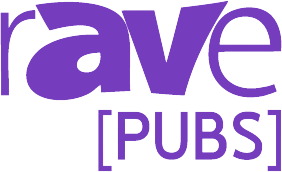Using Kaizen: Toyota’s Lean Business Practices
At CEDIA Management Conference this morning, the first session was a keynote from Rick Drumm, president of D’Addario, a manufacturer of music accessories. His topic was “Using Lean Practices to Open New Opportunities.” At D’Addario, they have adopted the Toyota style of lean and efficient business management, known as kaizen. Kaizen literally means in Japanese, “small improvements.”
Drumm spoke about how businesses can and should be continuously evaluating and improving business processes to eliminate waste that make you inefficient and ultimately, less profitable. He identified seven types of waste that business managers should be on the lookout for.
The first is waste of motion, which is literally motion that does not add value. Examples of this include looking for parts or tools if they’re not stored in a standard place, or placing something you need far away from where you’re going to need it. AV integrators face this type of waste frequently just traveling to sites. Is your travel process streamlined?
The second type of waste is waiting, which is idle time when one person or part of your business is waiting for another (person, process, item, etc.). The third type is transportation, which is movement of products that don’t add value. Drumm said that after D’Addario adopted this lean style of business management, they were able to bring a lot more production BACK to the U.S. from China, which improved the company’s efficiency further by reducing the unnecessary transportation of goods from across the world.
The fourth type of waste is storage. It doesn’t add value and you can’t charge a customer for it. The fifth is defects, which is work with errors. The sixth waste is processing, or effort that doesn’t add value to the customer or improve the product. An example of this is how many people you have sign off on something – could just one person sign off on it? Why do you have say, three people sign off on it?
The final type of waste is overproduction, or producing more product than the customer needs. This leads to all other types of waste – waiting (the customer waits while you make what he/she really needs), storage (since you have to store the extra product you made while you wait for it to sell), etc.
So how can an AV dealer use this information? A lot of AV dealers are very small businesses, so you can start by HAVING a process and standardizing everything. For example, do you require installers to bring in all the gear off the truck when they first get to the job site? If you don’t, and they’re feeling lazy that day, maybe they’ll just keep going back and forth for everything they need instead of making the effort to do it at the beginning. In addition to standardizing, you need to review and be improving the processes on a regular basis.
If you are interested in the lean style of business management, there are several organizations that will help you implement it. Check out the web addresses below, recommended by Rick Drumm, for more information:


